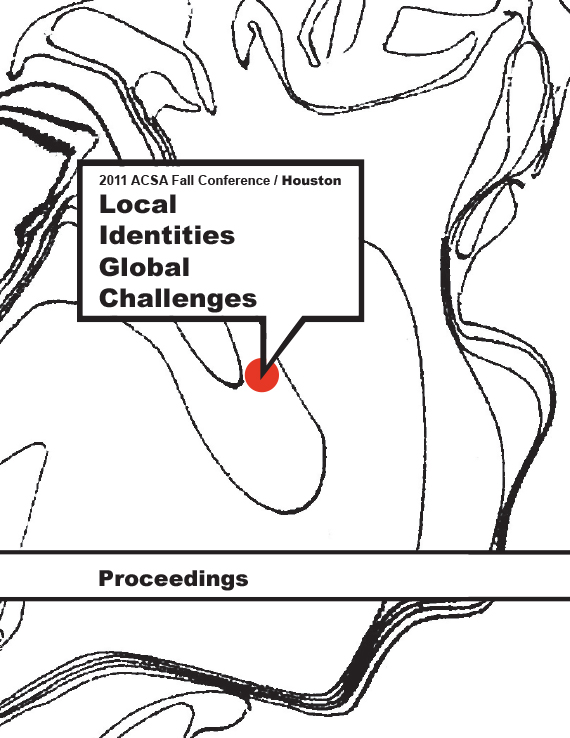Author(s): Nathan Richardson
Architects often understand their professional identity with respect to the buildings they design. In fact, few architects have ventured far from a common conception of practice in which they provide design services to a client who intends to build. However, the changing nature of society and the issues it confronts should force architects to reconsider their expertise and the manner in which it is deployed. Given the current economic distress, environmental strain, and geopolitical unrest in our world, there is growing pressure on societies to find creative solutions to vast, complex, and acute issues that transcend the design of the built environment itself. Clearly, the built environment and those that shape it are critically important, but it isn’t the only venue for architects and designers to make meaningful contributions. One key to exploring enhanced productivity for architects may reside in the profession’s self-conception and its relationship to entrepreneurship. Consider the following definitions. “Entrepreneurship is a process by which individuals…pursue opportunities without regard to the resources they currently control.”1 While this definition was conceived in a business oriented body of research, it bears a striking resemblance to the activities of an architect. In other words, architecture is the process by which architects pursue building opportunities without controlling the resources necessary to build. Another commonly cited definition of entrepreneurship frames it as the process of creating value by bringing together a unique combination of resources to exploit an opportunity. This statement can also be understood in the context of architectural practice; architecture is the process of creating value in the built environment by bringing together a unique combination of physical resources to exploit a spatial opportunity. While architecture can be seen as an entrepreneurial endeavor, entrepreneurship isn’t often an explicit part of architectural practice or architectural education. As such, architects often don’t view themselves as entrepreneurs or leverage their entrepreneurial potential in any venue other than architectural practice. This paper explores entrepreneurship, its current limitations, and its potential role as a more integrated component of architectural education and practice. Not only does an expanded understanding of architecture and entrepreneurship promise to make architects more effective within standard modes of practice, but it also represents latent opportunities for architects to pursue unconventional methods of practice to address an expanding array of societal challenges, both locally and globally. 1. H.H. Stevenson and J.C. Jarillo, “A Paradigm for Entrepreneurship: Entrepreneurial Management,” Strategic Management Journal 11 (1990): 17-27. Quoted in Bruce R. Barringer and R. Duane Ireland, Entrepreneurship: Successfully Launching New Ventures 3rd Edition (2010): 6.
Volume Editors
Ikhlas Sabouni & Jorge Vanegas

 Study Architecture
Study Architecture  ProPEL
ProPEL 
